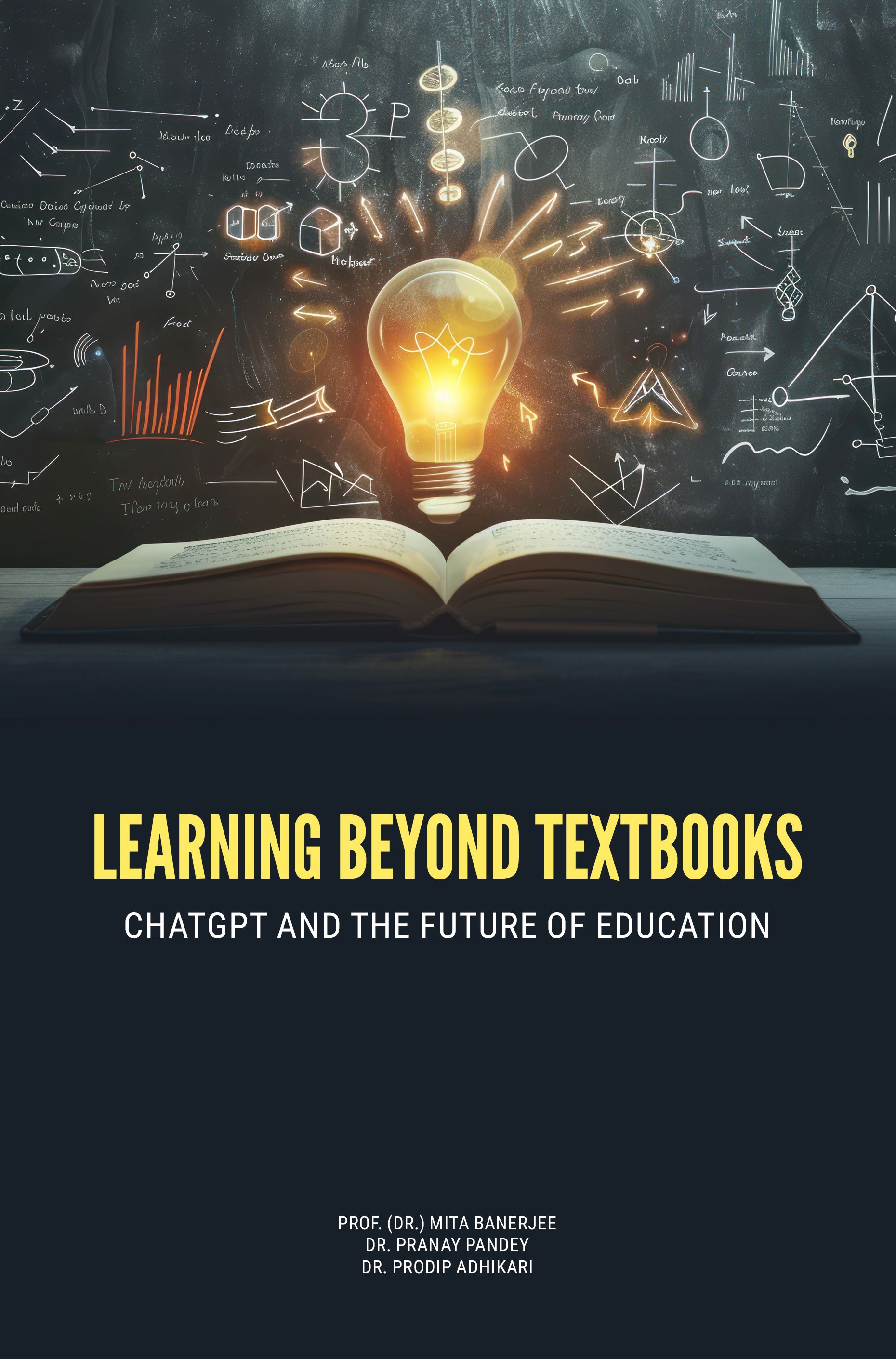LET’S TRY TO RIDE ON AI AND NOT ALLOW IT TO RIDE ON US
DOI:
#10.25215/9392917589.03Abstract
Learning beyond textbooks is a powerful concept that transcends the boundaries of traditional education. In this dynamic environment of the 21st century, the field of learning extends far beyond the boundaries of books. The combination of some resources provides an effective learning experience – both teachers and students can derive benefit from a variety of materials to promote effective learning. These materials actually work as data, which is like raw material, and information is the product that emerges after being processed and interpreted. Data analysis includes a variety of techniques, from simple explanations to more complex methods such as data exploration, forecasting, and model comparison. Data analysts work at the intersection of information technology, statistics and economics; their main goal is to increase efficiency and effectiveness by discovering important patterns in data. Now artificial intelligence aims to use technology, especially computer systems, to simulate human intelligence processes; it draws conclusions from data, understands content, learns independently, and even interacts with people. For example, ChatGPT is Smart Intelligence Tool. Constructivism is a study that emphasizes the central role of students in creating their understanding of knowledge – it assumes that students actively construct thought patterns and meanings through interactions with the environment, experiences, and relationships. Introduced by Jerome Bruner and influenced by Vygotsky, scaffolding is a teaching strategy that provides temporary support to students when working with complex tasks.Published
2024-04-16
How to Cite
Samirranjan Adhikari. (2024). LET’S TRY TO RIDE ON AI AND NOT ALLOW IT TO RIDE ON US. Redshine Archive, 12(11). https://doi.org/10.25215/9392917589.03
Issue
Section
Articles






